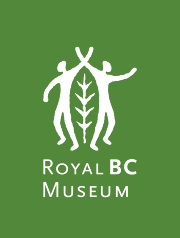Kendrick L. Marr1, Geraldine A. Allen and Richard J. Hebda
Aim Late Pleistocene ice sheets are thought to have covered most of western Canada, including all of British Columbia (BC). We examine patterns of genetic variation in an Arctic–alpine plant to evaluate the possibility of full glacial refugia within the area covered by the Cordilleran ice sheet (CIS) and to uncover post-glacial migration routes.
Location Western North America.
Methods We sampled 1030 individuals of the Arctic–alpine plant Oxyria digyna from 117 populations distributed over much of its range in western and northern North America. DNA haplotypes were identified using restriction site analysis of two chloroplast DNA intergene spacer regions, psbA-trnH and trnT-L. We examined the geographical distribution of haplotype diversity in relation to latitude, and also compared various indices of diversity in putatively glaciated and unglaciated regions. Patterns of migration were inferred using nested clade analysis.
Results We detected a total of 20 haplotypes. High haplotype diversity was found in Beringia, in unglaciated western USA, and in northern BC at 57–59° N, well within the accepted limits of the CIS. Ancestral haplotypes were also centred in northern BC.
Main conclusions High genetic diversity of Oxyria digyna is expected in unglaciated regions, but unexpected in northern BC if British Columbia was entirely covered by ice during the late Pleistocene. Our observations suggest the presence of unglaciated areas providing late Pleistocene refugia in northern BC. Such refugia would have important implications for the origins and migrations of many plant and animal species in north-western North America.


